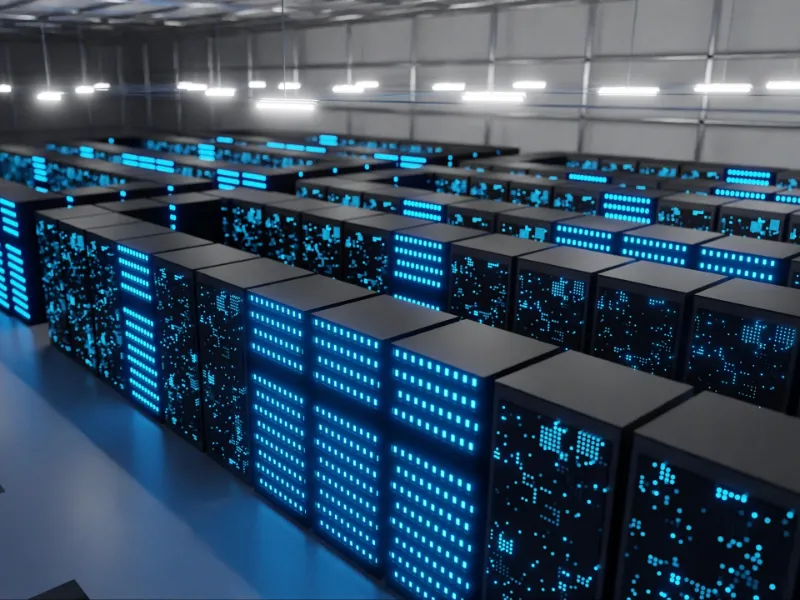- A server room is a room used to store, power and operate computer servers and their associated components.
- When a company designs a server room, it needs to have certain things set up. With a specific design, you can avoid many problems.
A good server room will provide an environment where computer equipment can safely operate in one location so that networking and other activities are made easier and more effective. Understanding the proper setup and configuration of a server room will help with creating and maintaining it effectively.
Appearance of a server room
A server room is a room used to store, power and operate computer servers and their associated components. This room is part of a data center, which typically houses several physical servers lined up together in different form factors, such as rack-mounted, or in tower or blade enclosures. A data center might consist of several server rooms, each of which is used for separate applications and services.
Technically, the server room can be any size or any shape. In many cases, the server room may have other uses, such as storage, print shop, or office space. As a result, rooms may be laid out in non-standard ways.
A server room provides the operational and environmental components and services to operate enterprise-class servers. Generally, a server room might include 10 to several hundred servers. The servers housed in a server room usually include basic CPU components and lack any display or input device. They can all be centrally accessed and managed through a server administrator system, which is typically found outside the server room.
Also read: Global server load balancing: Enhancing performance and reliability
Also read: When the management server fails: A digital disaster
Unique design aspects of a server room
When a company designs or upgrades an area to a server room, it needs to have certain things set up. With a specific design, you can avoid problems that can come with a new server room. A server room must have some, or even all, of the following design aspects added to allow technical equipment to operate properly.
1. Precise environmental control: A server room should have sensors throughout the area that measure both temperature and humidity. The environmental control systems should also be able to keep the entire room at the desired levels.
2. Airflow planning: Servers and other computer equipment generate a lot of heat. A good airflow plan helps to avoid ‘hot spots’ and eliminates heat from the area so it doesn’t cause damage.
3. Fire suppression system: If a fire occurs, you don’t want to have to spray a server room with water. The water would damage all the equipment, resulting in a huge disaster. There are quite a few options for this type of system including Inergen systems, Novec systems, and FM-200 systems. These are all designed to extinguish fires while keeping computer equipment safe.
4. Cable management solutions: Server rooms can end up with miles of cables. Designing the room to allow cables to properly run through the ceiling, or under the floor, helps avoid huge messes.
5. Redundant power sources: Having redundant power sources is important not only to ensure the equipment remains up and running at all times, but also to avoid power surges that could damage the servers and other items in the room.
6. Demarcation point (Demarc): Server rooms typically have multiple data circuits coming in, often from multiple different telephone companies. Demarc marks the network boundary, distinguishing the external service provider’s infrastructure from a building or facility’s internal network. Having one location where the telco’s responsibility ends and passes off to the business is important.

